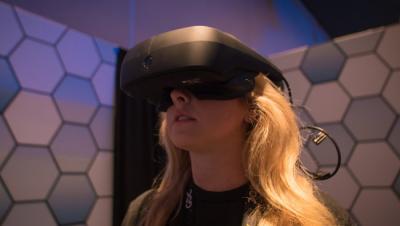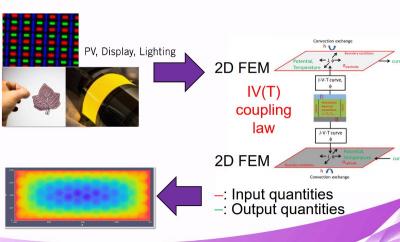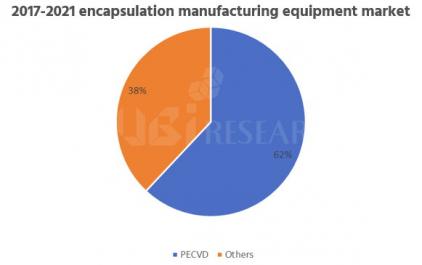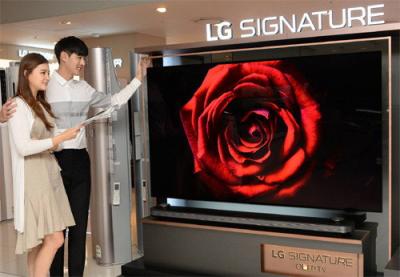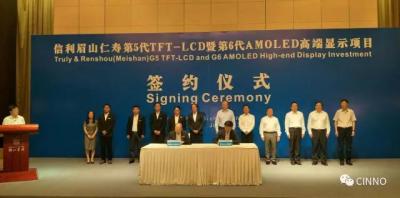Wisechip shows its latest PMOLEDs at the TADF Workshop in Japan
Wisechip, the Taiwan-based PMOLED maker, demonstrated its latest display panels and prototypes at the TADF Workshop last week in Fukuoka, Japan. This was an impressive display and a great chance to experience the latest PMOLEDs displays from Wisechip.
So first up we have the company's transparent PMOLED. This is a 4.1" (106x37.9 mm) segmented T-OLED specifically aimed for automotive HUD applications. The display has 4 colors (red, orange, green and blue) and offers a typical brightness of 800 nits (max is 1,500 nits). According to Wisechip the display will soon hit the market for a specific automotive partner.


